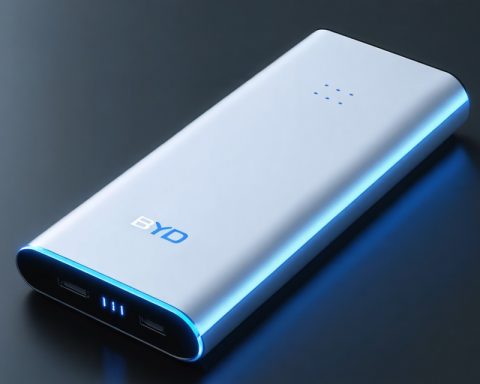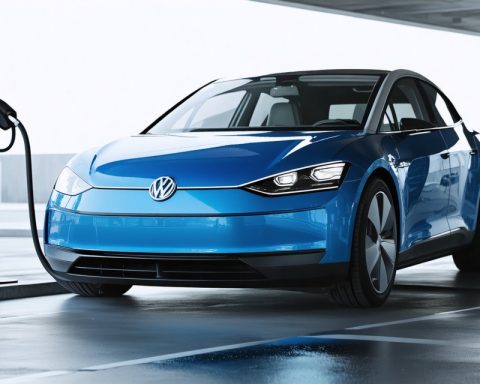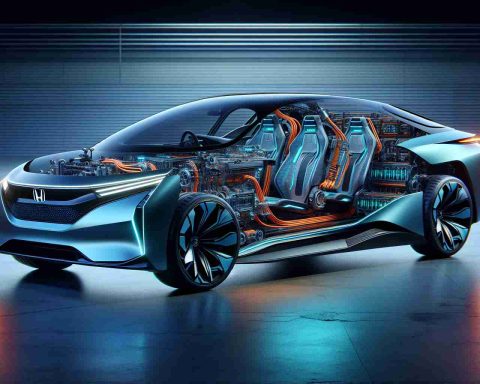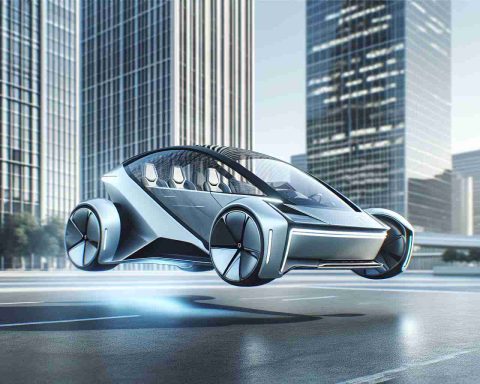- Electric vehicles (EVs) promised cost savings through reduced fuel and maintenance expenses but face high insurance premiums.
- EV insurance costs often exceed those of traditional vehicles, undermining initial affordability claims.
- Insurance companies struggle with EV repair costs due to expensive high-tech components.
- Owners increasingly opt for minimal coverage or self-funded repairs to avoid rising insurance rates.
- Major EV manufacturers like Tesla and BYD offer insurance options but fail to significantly reduce overall premiums.
- The mismatch between consumer expectations and insurance realities highlights the need for balanced cost strategies.
The dawn of the electric vehicle promised savings at every turn—the sweet relief from the relentless rise of fuel prices and the lower cost of maintenance hailed as their strongest appeals. Yet, new electric car owners quickly find the romance halted at the gates of insurance companies, where premiums soar, almost mocking the notion of affordability.
Streets filled with whispers of “only the rich buy gas cars now,” yet insurance providers seem unaware that electric owners sought economy. Owners in disbelief see annual insurance rates biting chunks out of those initial savings, with first-year premiums leaping beyond that of traditional vehicles.
In a twist of fate, it’s revealed these insurers hemorrhage money. It turns out, the beguiling allure of a low car price doesn’t account for the higher repair costs accompanying high-tech components within these modern marvels. Imagine a repair price tag steepened by sophisticated sensors and integrated lights, where a minor fender bender might demand a lavish replacement part rather than a simple fix.
This gap between consumer expectation and reality leaves owners cautious, sticking to basic coverage options, opting for protective films against scratches, or self-funding minor repairs to dodge insurance hikes. Meanwhile, major players like Tesla and BYD try brokerage or insurance arms themselves, offering varied packages that fail to anchor premiums reliably.
The industry treads a precarious line: poised on new technology yet reeling with old-world challenges. As the price war wails on in shiny dealerships, the voice of the wary customer rises, advocating for equilibrium between the allure of advanced tech and wallet-friendly assurances. Electric dreams meet a sobering caveat: being smart with your back-pocket savings may wind up costing you somewhere unexpected.
Surprising Challenges of Insuring Electric Vehicles and How to Save
How-To Steps & Life Hacks for Saving on Electric Vehicle Insurance
1. Compare Insurance Quotes: Shopping around for quotes from different insurers remains a fundamental step. Use online comparison tools to quickly assess various options.
2. Bundling Policies: If you already have home or renter’s insurance, consider bundling policies with the same provider for possible discounts.
3. Increase Your Deductible: Opting for a higher deductible can lower your monthly premium. Ensure you have emergency savings to cover this in case of an accident.
4. Drive Less: Many insurers offer lower rates to those who drive fewer miles annually. Consider using public transportation or carpooling when possible.
5. Defensive Driving Courses: Complete a certified driving course to potentially qualify for lower rates.
6. Telematics Programs: Participate in programs that monitor driving behavior. Safe driving habits can result in reduced premiums.
Real-World Use Cases for Electric Vehicles
Electric vehicles (EVs) are more than personal transport; they are becoming integral in various sectors:
– Shared Mobility Services: Companies like Uber and Lyft are increasingly integrating EVs into their fleets to lower emissions and operational costs.
– Public Transport: Cities are adopting electric buses for cleaner and quieter urban transit solutions.
– Logistics: Businesses are transitioning to electric delivery vehicles to meet sustainability goals and reduce fuel costs.
Market Forecasts & Industry Trends
The EV market is expected to grow significantly, driven by environmental regulations, consumer preference for sustainable options, and advances in battery technologies. According to the International Energy Agency, the global fleet of electric vehicles will expand to nearly 145 million by 2030.
Reviews & Comparisons
Electric vehicles vary greatly. Consider the following when choosing:
– Range: Tesla models often lead in terms of range per charge, but other manufacturers like Hyundai and Chevrolet offer competitive alternatives.
– Charging Network: Tesla’s Supercharger network remains robust, although networks from companies like ChargePoint are rapidly expanding.
– Cost: Models like the Nissan Leaf present affordable entry points, whereas luxury models like the Tesla Model S entail higher upfront costs.
Controversies & Limitations
– Insurance Costs: The complexity of EV repairs, stemming from sophisticated technology, keeps driving up insurance premiums.
– Battery Degradation: Concerns over the longevity and replacement costs of EV batteries persist, though advancements in technology are addressing this over time.
Features, Specs & Pricing
When considering an EV, focus on:
– Battery Life and Charging Time: Check the specific battery lifespan and how long charging takes.
– Technology Integration: Look for features like advanced driver-assistance systems (ADAS) and over-the-air software updates.
Security & Sustainability
EVs contribute positively to environmental sustainability by reducing emissions. However, the production and disposal of batteries raise environmental and ethical questions:
– Battery Recycling: Efforts to improve recycling practices and battery life are critical for sustainable growth.
Insights & Predictions
Experts predict continued growth and innovation in EV technology, with improvement in battery efficiency and reduced costs over time. Partnerships between automakers and technology firms are expected to enhance vehicle connectivity and autonomous driving capabilities.
Pros & Cons Overview
Pros:
– Environmental benefits with zero tailpipe emissions.
– Lower running costs compared to gasoline vehicles.
– Increasing availability of models across various price points.
Cons:
– High insurance premiums due to repair costs.
– Limited charging infrastructure in certain regions.
– Potential for battery longevity issues.
Actionable Recommendations
– Explore Insurance Alternatives: Consider manufacturers’ insurance offerings like those from Tesla and BYD if traditional options are cost-prohibitive.
– Maintain Your EV: Regular maintenance, like ensuring proper tire pressure and battery care, helps mitigate costs.
– Stay Updated: Follow trends and technological advancements in EV markets for opportunities to upgrade or optimize your investment.
For more insights and resources on electric vehicles, visit the International Energy Agency.
By being proactive and informed, you can enjoy the benefits of an electric vehicle while navigating the challenges of insurance and maintenance costs effectively.
















